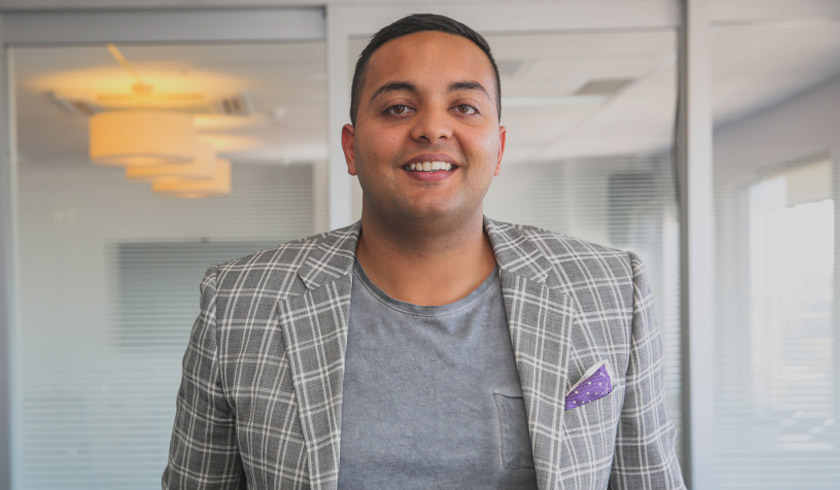Investor stories: How properties in Sydney, Melbourne and Tasmania are performing today
Despite the current downturn in Sydney and Melbourne, capital city markets continue to be among the most sought-after locations for property investment. Are investments actually seeing growth in these areas?

At 26 years old, investor Arjun Paliwal has successfully built nine properties across multiple capital cities in Australia, including one residential property in Sydney, four in Burnie, three in Brisbane and one commercial property in Melbourne.
“I was in the bank at the age of 18, but it wasn’t until 22 that I took the first leap,” according to him.
Four years after purchasing his first property investment in Sydney, Mr Paliwal has seen considerable growth in his portfolio, all while learning how to deal with the ups and downs of the market.
He said: “When we look at that first property in Sydney, it had a bit of an up and then a bit of a down, but what that really taught me was, ‘Okay, things happen when you take action.’ That’s what really started the movement for me from one to the next.
“That first property was a success in that it took me over that fear of learning and I started saying, ‘So I’ve made a move — what’s next?’”
Tasmania
Mr Paliwal bought four properties in Burnie last 2017 and has since enjoyed the benefits of the price growth in Hobart.
In fact, his properties in Tasmania are some of his most successful investment to date, he said.
“In terms of where the numbers are at now, it’s anywhere between 35 and 45 per cent rise, and in such a short time. It’s been a phenomenal result and it’s quite nice to be able to look back and say, ‘Hey, that busted a bit of a myth.’
“It got me cash flow well beyond 7 and 8 per cent yields. At the same time, it got me capital growth. That’s when I understood that, with property, you can get both.”
New South Wales and Queensland
In contrast, investment properties in Sydney and Brisbane are generally having a tougher time achieving significant growth.
However, Mr Paliwal believes that with the right strategy, any investor may continue holding properties in these capital cities and eventually enjoy good returns once the property market recovers.
At the moment, he makes it a point to ensure that his finances are in order — complemented by good serviceability and a significant cash buffer to support his portfolio.
According to him: “I’m not in a massive negative position nor a position where my whole portfolio is moving from one direction to the other. My properties in Queensland are in pockets of Brisbane where the prices have been quite affordable. In these affordable pockets, when certain things change, the shifts aren’t going to be that significant.
“Actually, it’s been coming along quite well. Some of the values have risen, yields have come along quite well. So, I’m still generating that cash flow and capital growth in Brisbane.”
Moreover, Mr Paliwal aims to continue investing across different places in order to diversify his portfolio and ultimately minimise risks.
“Looking back, I’m glad I diversified my portfolio across the whole country. It’s made me feel pretty comfortable. If you do invest outside your backyard and look at it from that number sense, you can be sort of immune to some of the larger shifts that happen in any one place because you are spread,” he said.
Victoria
Unlike his residential properties, Mr Paliwal’s commercial property in Melbourne have had a different performance over the years.
While the general condition of the Melbourne property market today has been characterised by significant price declines, the investor still benefits from the strong performance of his commercial property.
“Residential and commercial properties don’t move up and down the same way,” Mr Paliwal highlighted.
“I have residential properties in some parts moving well while others are down or flat. With commercial, even if capital growth movements change, when you consider the total return, you will see that the numbers are quite strong and quite positive.
“Owning it made me really realise that you need a portfolio of multiple residential properties with minimal debt to really generate an income that you’d like. So, I thought, ‘Hey, do I want to go down the pathway of just trickling on a $1,500 passive rise or $2,000 passive rise, or could I move with something that’s going to give me $10,000 tomorrow after it settles and start moving like that annually?’”
Right now, his commercial property takes the second spot on his list of top performers, next to one of his residential properties in Tasmania.
“The commercial property just gives me no maintenance and no phone calls, just cash flow and a passive environment. Together with the unit block in Tasmania that gives me both cash flow and capital growth, this just changed the portfolio for me,” Mr Paliwal concluded.
Tune in to Arjun Paliwal’s episode on The Smart Property Investment Show to find out how to continue capitalising on Australia’s shifting property markets.
